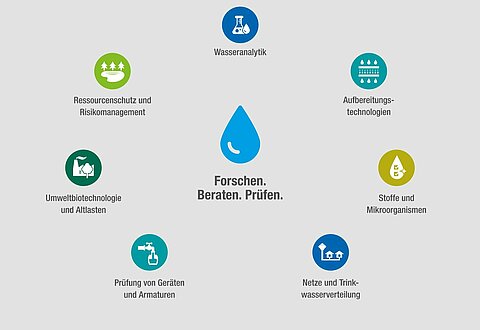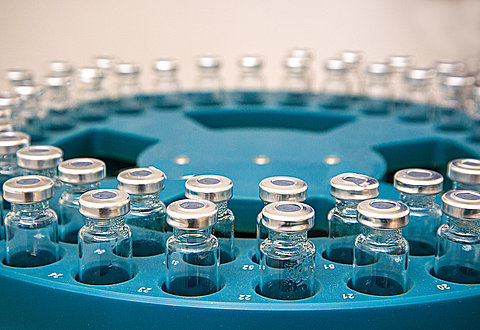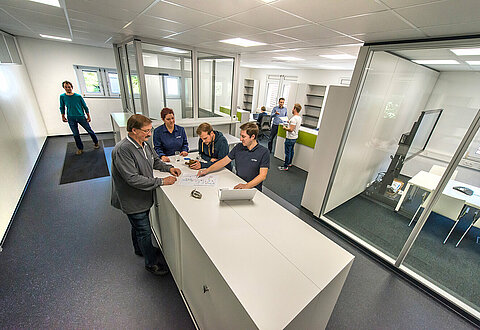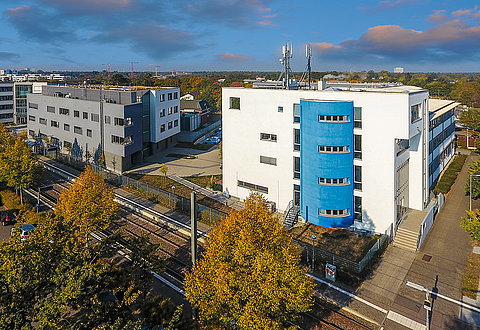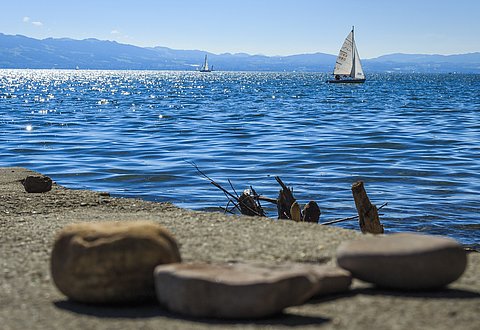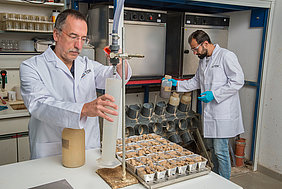The issue of pesticide metabolites is presenting increasing challenges to water supply, and the findings often differ between various groundwater catchment areas. Even the two main catchment areas of bnNETZE GmbH in the Freiburg region display significant differences in the findings. Throughout the project, the unexplained difference between the two water conservation areas of Hausen and Ebnet was investigated. This required some complex analytical method developments to investigate leachate using lab lysimeters, and groundwater, surface water and soil samples for as many of the selected substances as possible.
To investigate the metabolism of the pesticide active substances underlying the metabolites and to investigate the transport of the active substances and metabolites to the topsoil, undisturbed soil samples were laboriously taken as a soil monolith in the two areas and integrated in the laboratory lysimeter system. The sample soils differed considerably in the soil texture and humus content. The soils from the water supply area of Ebnet showed a greater retardation of these compounds.
In the project, it was shown that the pesticide application linked to use in the region determined the pollution term and the humus content of the soils and the exchange rate controlled by the formation of new groundwater represent two significant influencing parameters with regard to pollution of the groundwater with pesticide metabolites.
From these results, generally applicable courses of action were derived for water suppliers, which aim to minimise the entry of metabolites from pesticides into groundwater used to produce drinking water.


![[Translate to English:] Prüfstelle-Produktprüfung_Teststand Test centre and product testing](/fileadmin/_processed_/0/9/csm_TZW-Karlsruhe_Pruefung_Geraete-Teststand_444204ae51.jpg)
















